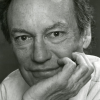Home » Jazz Articles » Jazz Emerges » Part 3: Spirit Matters
Part 3: Spirit Matters
Tops in the city as late as the 1950s, its joyous processions were marked by a dignity and decorum since overtaken by the wild and garish. Photos by Tom Sharpsteen, compiled with sound by Clint Baker and Katie Cavera, used here with permission.
Years ago, the French Quarter streets were amazingly quiet. Especially in the mornings, before the few tourists were out and about, this historic section—located near the river, yet built on high ground for good reason—retained its residential feel. New Orleans' slow-going, personal style, out of the national mainstream, had much to do with how it cradled classic jazz for most of a century.
But other than a couple of sleazy joints on Bourbon Street, it was hard for a musician to feed his family, or for a visitor to hear the real deal. Still, the city's close-knit neighborhoods proclaimed their musical birthright at pop-up parties, funky dance halls, street events, church memorials. "Let the good times roll," translated from the French, was always there, highlighted by everyone's anticipation of the Mardi Gras Carnival, which they prepared for all year long.
The past has always loomed large in this survival culture where one never knew what tragedies the future might hold. Generations of musicians have long been linked by family ties, spiritual traditions, personal musical tutelage, and people caring for neighbors. By the 1970s I had met and played with musicians in several cities of the world, but only in New Orleans did you learn so quickly where they lived—on which block of which street, in which ward, near which landmark. And no other city has ever spawned so many tunes named for beloved streets, from Basin to Canal to Bourbon to Burgundy to...
Within weeks of arriving, I knew I had arrived when I was invited to jam on the sidewalk to celebrate the birthday of an old lady named Miss Carrie. Then, on ten minutes notice, I donned a parade hat to go play a gig at Antoine's fancy restaurant. Then I joined a procession of Japanese visitors marching to the graveside of clarinet great George Lewis. There were plenty of weeks of no action at all. But one thing was sure: in New Orleans nobody ever needed to be asked to "play with feeling."
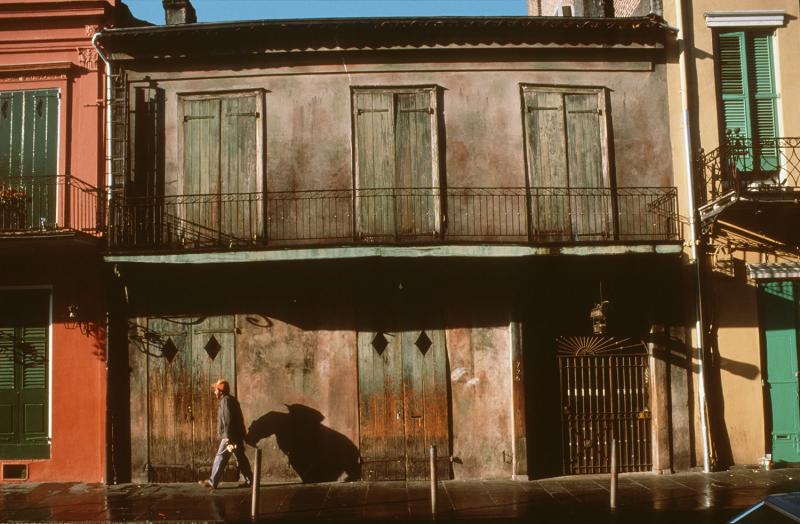
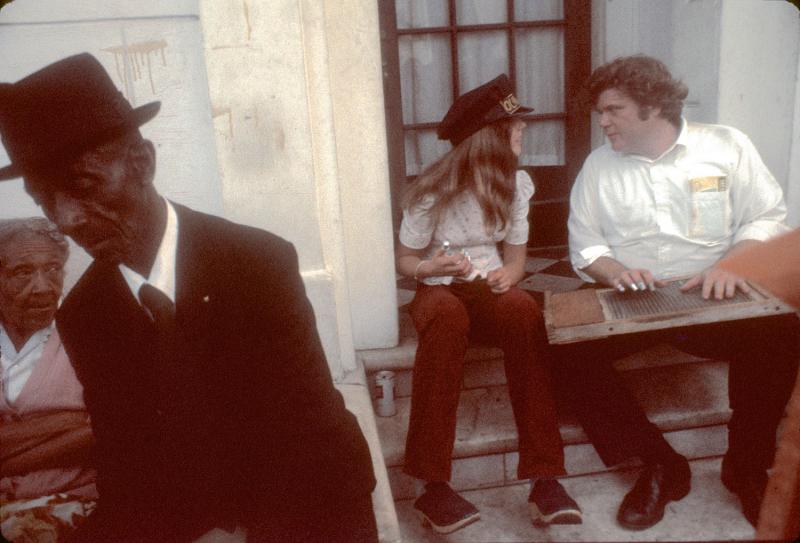
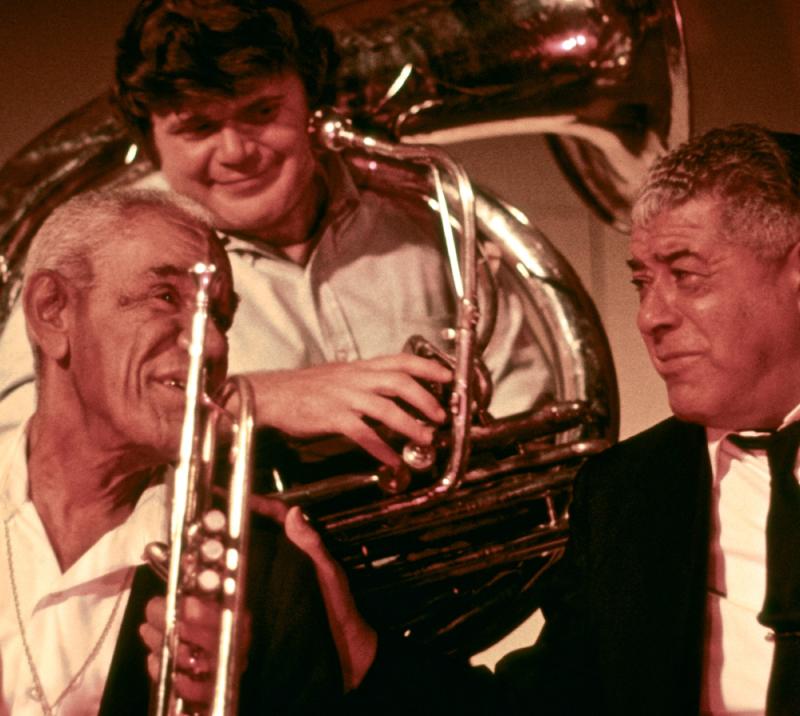
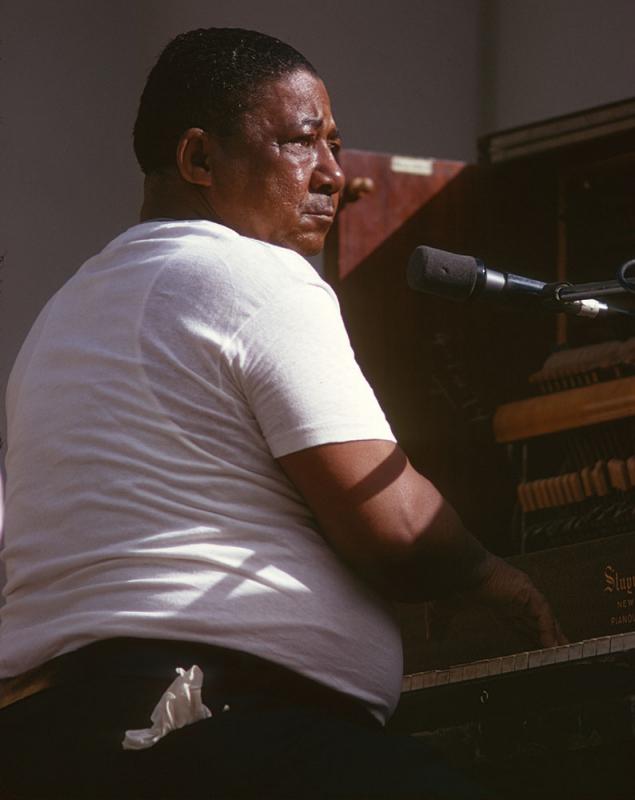
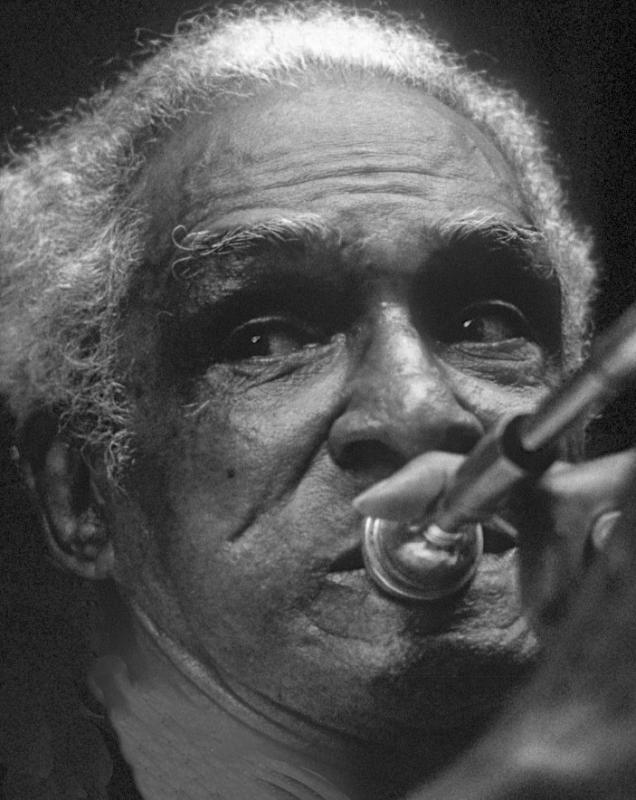
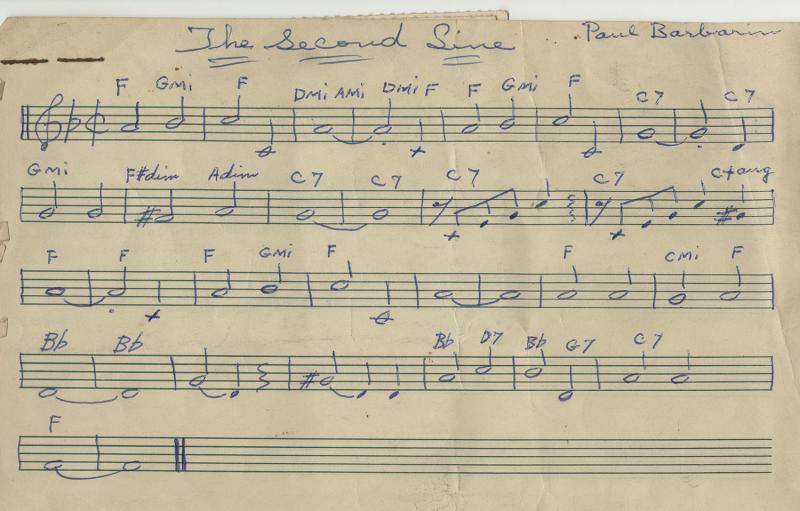
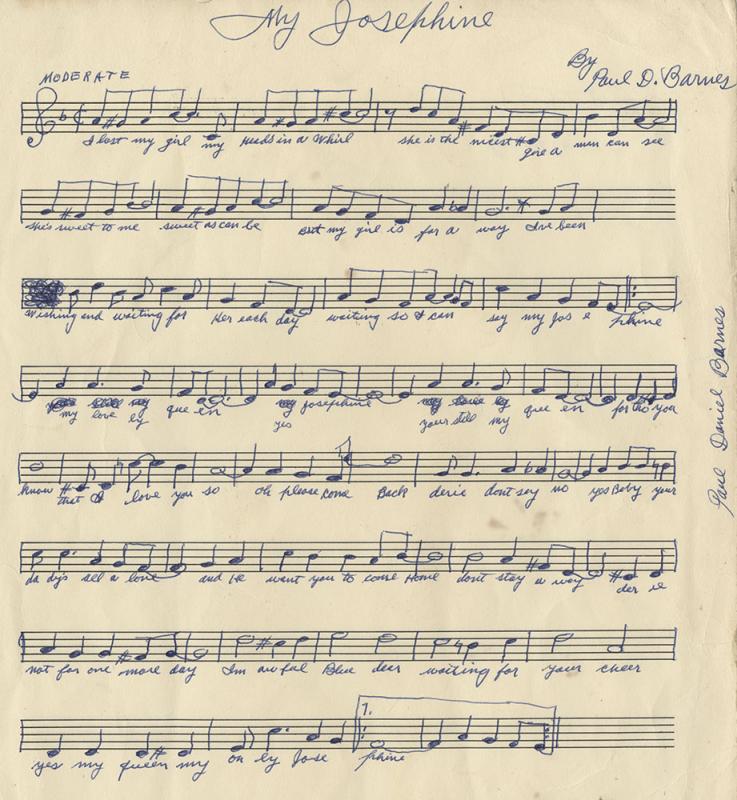
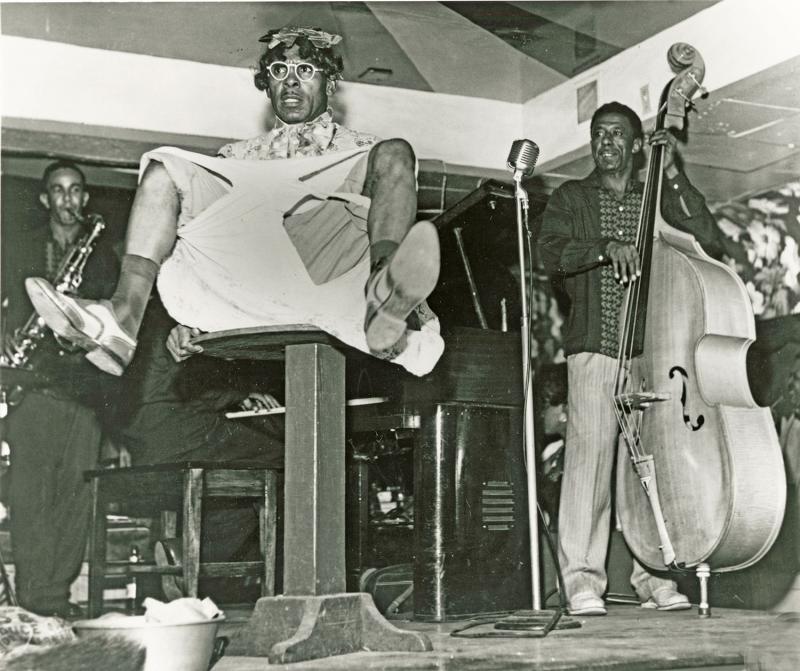
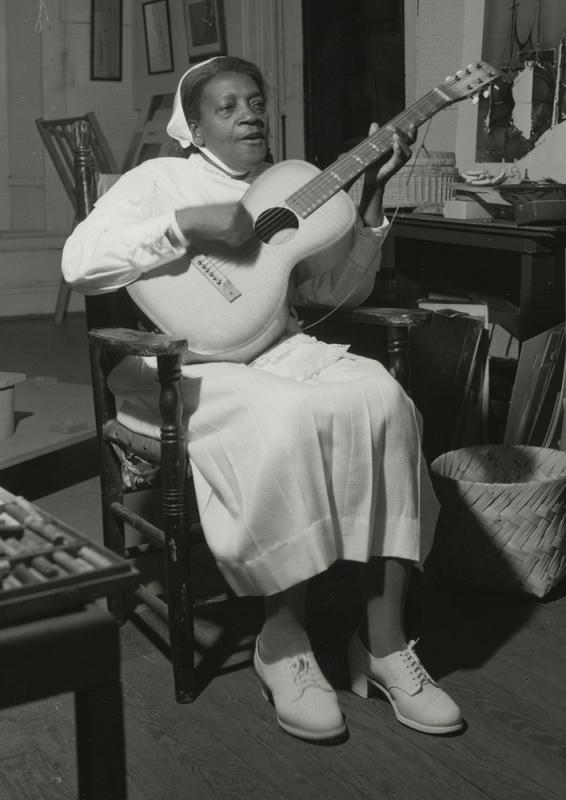

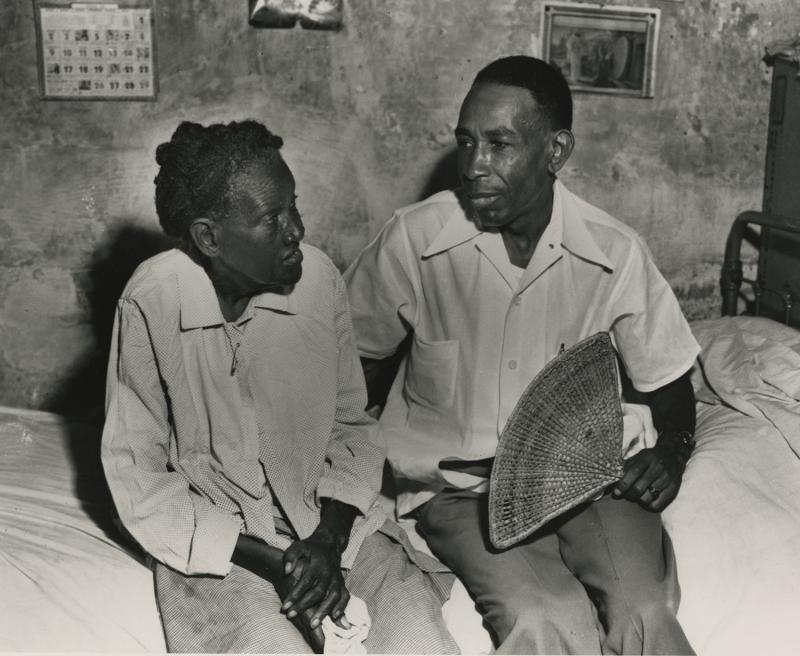
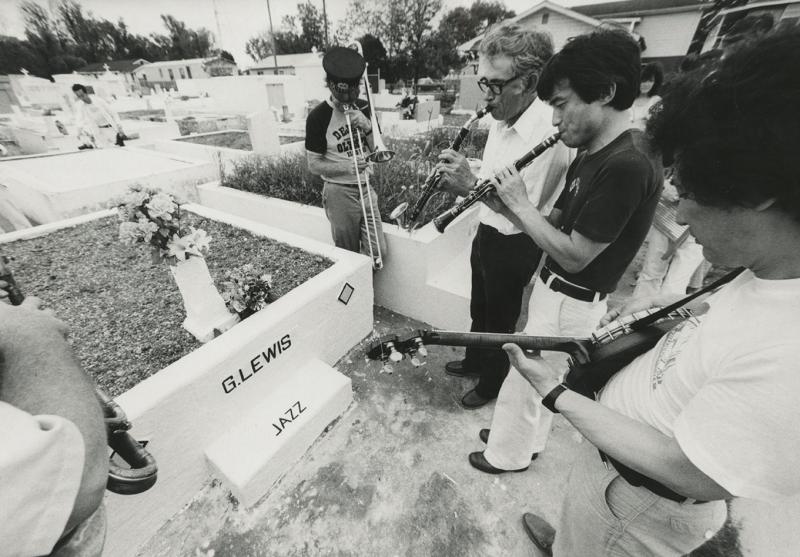
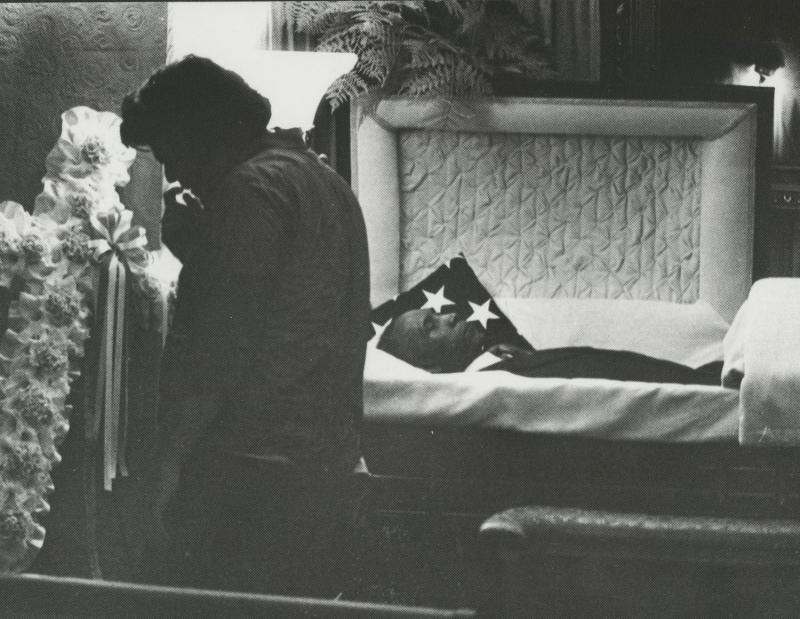
Photo Credits
Picture #8: Courtesy Hogan Jazz Archive, Tulane University
Picture #9: Dan Leyrer
Picture #10: Ralston Crawford, Courtesy Hogan Jazz Archive, Tulane University
Picture #11: Stanley Kubrick
Picture #13: Grauman Marks
All Other Photos: William Carter
< Previous
This River
Next >
A Single Noon
Comments
Tags
Jazz Emerges
William Carter
United States
Louisiana
New Orleans
Percy Humphrey
Clint Baker
Katie Cavera
George Lewis
For the Love of Jazz
 All About Jazz has been a pillar of jazz since 1995, championing it as an art form and, more importantly, supporting the musicians who create it. Our enduring commitment has made "AAJ" one of the most culturally important websites of its kind, read by hundreds of thousands of fans, musicians and industry figures every month.
All About Jazz has been a pillar of jazz since 1995, championing it as an art form and, more importantly, supporting the musicians who create it. Our enduring commitment has made "AAJ" one of the most culturally important websites of its kind, read by hundreds of thousands of fans, musicians and industry figures every month.
